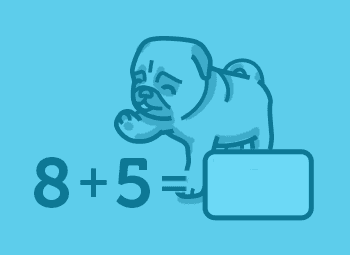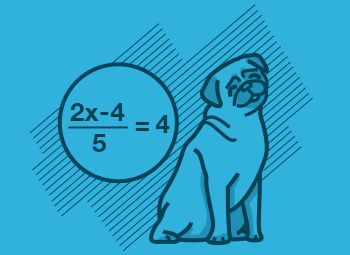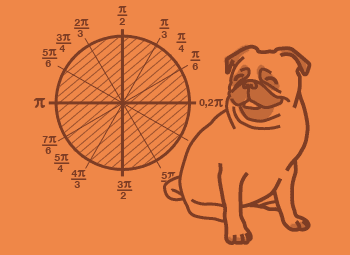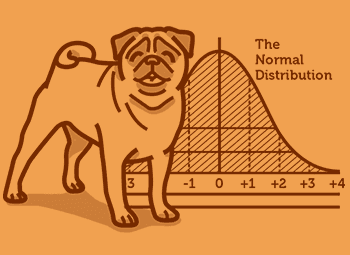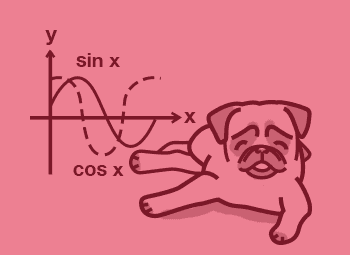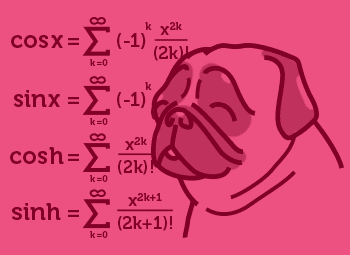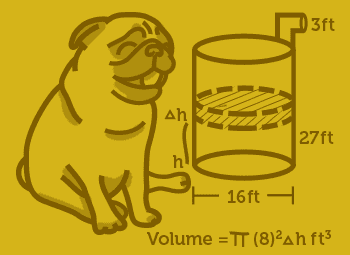Algebra Help That Works
Step-by-step video solutions that improve understanding and boost grades

📈
Test scores improve 10-15%
✨
Better problem-solving skills
💡
Higher homework completion rate
📚
Function and equation mastery

Step-by-Step Video Lessons
Master equations, functions, and algebraic applications

Complete Practice System
Targeted practice that reinforces key concepts

Guaranteed Results
Most students improve one letter grade in 4-6 weeks
Algebra Topics
Help
1. Basic Algebra
2. Exponents
3. Radicals
4. Unit Conversion
5. Linear Equations
6. Linear Functions
7. Introduction to Polynomials
8. Operations with Polynomials
9. Factoring Polynomials
10. Polynomial Functions
11. Quadratic Functions
12. Quadratic Equations
13. System of Equations
14. Inequalities
15. Inequalities in Two Variables
16. Absolute Value
17. Set Theory
18. Relations and Functions
19. Rational Equations and Expressions
20. Rational Functions
21. Radical Functions and Equations
22. Reciprocal Functions
23. Piecewise Functions
24. Exponential Functions
25. Logarithm
26. Sequences and Series
27. Conic Sections
28. Complex Numbers
29. Vectors
30. Matrices
30Chapters
315Topics
2208Videos
What is Algebra?
Algebra is the study of mathematical symbols and the rules surrounding the manipulation of these symbols. The symbols are used to represent quantities and numbers within equations and formulae.
We use symbols in algebra because of the unknown values, known as variables. If there is no known value (number) like 10 or 5, we place a letter or symbol (usually X or a Y ) to represent that the value is unknown. In contrast to this, there are elements of algebraic equations called "constants". These get their name because the value remains the same throughout. For example, the number 23 will always represent 23 units and never another value.
As an Example: X + 23 = 28
In the basic equation above, the variable (x) is the number required to make this sum work. All we need to do is to add another number to 23 (constant) so that we can get 28 (constant). Adding 5 to 23, gives you 28, so now we know that the value of x is 5.
Algebra is considered a unifying concept of almost all elements of math and as such, it stretches far beyond elementary equations and into the study of things like, radicals, integers, linear systems, exponent rules, quadratic equations, the Pythagorean Theorem and much more.
Who Invented Algebra?
The roots of algebra can be traced back to the ancient babylonian era. The babylonians had advanced systems of math that allowed them to calculate things in an algorithmic fashion. For the longest time, It was thought that the "father of algebra" was Diophantus, an alexandrian greek mathematician. This has recently been challenged though, with historians and mathematicians suggesting that the title should be with al-Khwarizmi, the founder of the discipline of al-jabr. It's worth noting that the term "al-jabr", meaning reunion of broken parts, is where we get the word algebra from.
How to Learn Algebra?
With algebra, like anything in math, the best way to learn is with repetition. Practice makes perfect, so make time outside of school/college hours to review your class notes. If you aren't taking notes in class, you really should be. These notes will not only help you retain the information but they can also be used to help you identify any areas of weakness that you have in relation to algebra. It's important that you know where your strengths and weaknesses are so that you can build effective revision strategies ahead of your upcoming exams. Highlight key areas for improvement and get yourself into a good study habit.
When it comes time to revise, use StudyPug's vast collection of algebra lessons to help you. With step-by-step examples for even the toughest algebra problems, we offer easy practice solutions for high school algebra content through to more complex college level algebra. With your very own algebra tutor, you can select the lessons that are relevant to you, making for a tailored study session that works to strengthen the weaker areas of your knowledge.
If you're looking for algebra homework help, we've got you covered. Additionally, we'll also assist you with your algebra exam prep, covering all the content you'd expect to find on the actual papers. As mentioned above, our algebra tutoring sessions cover all skill levels, so if you're looking for an introduction to algebra, we can get you started. Our content will walk you through each aspect of algebra and when you're ready, you can progress to the next step. In no time at all, you'll be solving equations, understanding algebra formulas and so much more! This is because our content is delivered via video tutorials that can be paused, rewound, and fast-forwarded, ensuring that you can learn at your own pace and will never get left behind.
Many of our students find the video format is a lot more palatable and easier to follow than traditional textbooks. That's because our online content avoids overly complex terminology and presents it in a way that's much easier to understand. The videos are presented by knowledgeable math teachers who have worked to ensure that their video content covers the same content found in class and on exams.
What Grade Level is Algebra?
Algebra is one of the foundations of mathematics and as such, it's taught in one form or another at all grade levels. It is taught to young students once they have learnt how to find the pattern in numbers, and with each passing grade, the students continue to build their understanding of the more complex elements eventually learning abstract algebra at college and university.
Below we have listed the common algebra focused courses and at what grade you can expect to study them
- Pre-algebra: Usually Studied in 5th or 6th Grade
- Basic Algebra: Usually Studied in 7th or 8th Grade
- Algebra I: Usually Studied in 9th Grade
- Algebra II: Usually Studied in 11th Grade
- Intermediate Algebra: Taken Before Any University Level Math, E.G. College Algebra or Calculus
- College Algebra: First Year of College or University
How Can I Solve and Simplify Algebraic Equations Without a Calculator?
In order to solve algebraic equations without the use of a calculator, you're going to need to understand algebra instead of simply memorizing the formulae. Once you have a firm grasp on how the math works, you'll be able to tackle complex math problems without a calculator.
You should consider browsing our website for helpful videos that break down math into step-by-step examples so that you not only memorize them but actually understand them too. We also have useful tips on how to solve other problems with calculators, such as estimating square roots, percent of a number, and evaluating logarithms.
It's also worth noting that math hasn't changed and there was a time before calculators. Track down some older textbooks and you may find some useful tips for solving math problems with only a pen, some paper, and a little mental arithmetic.

